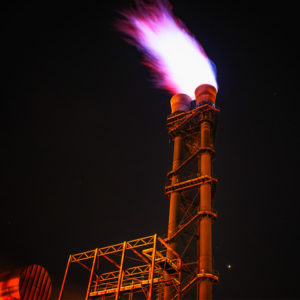Description
General objectives
Expand practical knowledge in the application of Safety Instrumented Systems (SIS) applied to the process industry.
Understanding and applying the recognized methodologies for determining the Safety Integrity Level (SIL) of the Safety Instrumented Functions (SIF) for a Safety Instrumented System (SIS).
Addressed to:
Engineers and technicians who work in the areas of risk analysis and implementation of protection layers and SIS in process plants.
Engineers who want to prepare for the functional safety certification exam.
Competencies to develop:
Application of the methodologies recognized in the industry for the definition of the Safety Instrumented Functions (SIF) and the determination of their corresponding safety integrity level (SIL) required to guarantee the operation of a process plant within the tolerable risk values .
Content:
Chapter 1.-Introduction
Hazards and risks. Risk reduction (the ALARP concept). Fatal accident rate. Safety functions and functional safety. Safety systems engineering. Safety Instrumented Functions. Introduction to standards: IEC 61508, IEC 61511, ISA SP 84.00.01. Definition of equipment under control (EUC). The safety life cycle (SLC) and its phases. Implications of the IEC-61508 standard on control systems.
Chapter 2.- Hazards and risk reduction
Typical hazards in various processes. Basic hazards in the process industry. Introduction to process hazard analysis (PHA) and the IEC model. Process control vs. process safety. Layers of protection. Risk classification and risk reduction. The concept of the Safety Integrity Level (SIL). Practical exercise.
Chapter 3.- Hazard and risk studies
Methodologies for the study of Hazards. Risk analysis and risk reduction. Hazard studies and the safety life cycle. Evaluation of SIS requirements. Compliance with IEC requirements. HAZOPs and layers of protection analysis (LOPA). Fault trees. Hazards introduced by control systems.
Chapter 4.- Methodologies for the Determination of the required SIL.
Methodologies for determining the SIL (Fault Trees, Safety Layers Matrix, Risk Graphs, Layers Of Protection Analysis – LOPA).
Case study.
Important information:
- Presentations used during the course, supporting material in electronic format and certificate of attendance will be delivered.
- All online sessions will be recorded and participants will be given access so they can be downloaded.
- Remember to have your scientific calculator handy.
- This course and its second part serve as preparation to take the competency certification exam offered by MCL Control USA, as a Functional Safety Engineer applied to industrial process plants according to IEC-61511.



